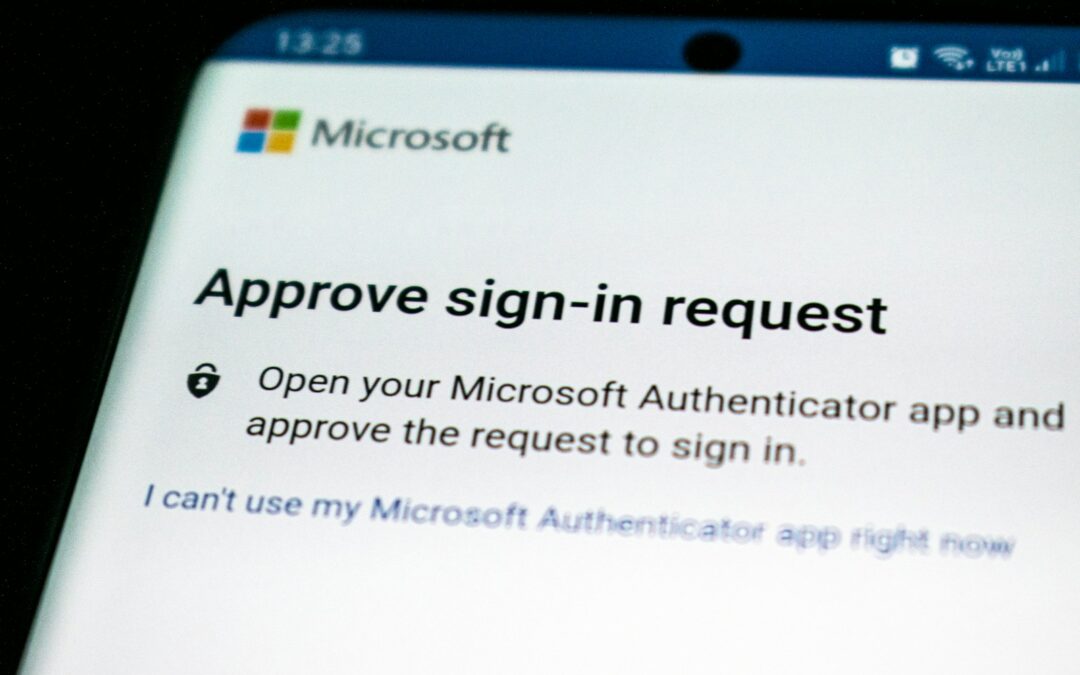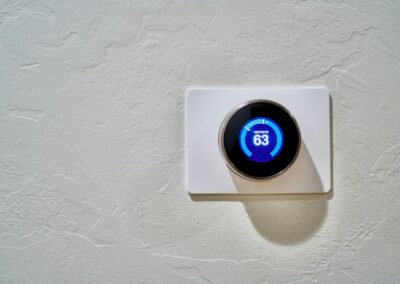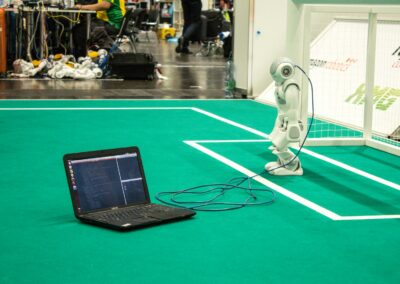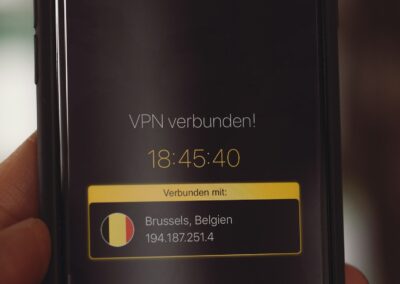Understanding the Role of MFA in IoT Device Enrollment
The Importance of MFA for IoT Device Enrollment
Multi-factor authentication (MFA) is emerging as a critical tool to ensure secure onboarding of IoT devices. By requiring multiple forms of verification, MFA significantly reduces the risk of unauthorized access and strengthens overall security. This is particularly crucial in smart cities like Riyadh and Dubai, where large-scale IoT deployments are integral to the infrastructure.
How MFA Enhances Security in IoT Networks
MFA works by adding additional layers of security beyond just a username and password. For IoT device enrollment, this could involve something the user knows (a password), something the user has (a smartphone or security token), and something the user is (biometrics like fingerprints or facial recognition). Implementing MFA in IoT networks ensures that only authorized personnel can enroll devices, thereby preventing malicious actors from infiltrating the network. This is essential in protecting sensitive data and critical systems, especially in industries such as healthcare, finance, and government, which are key sectors in both Saudi Arabia and the UAE.
Challenges and Considerations in Implementing MFA for IoT
While MFA offers significant security benefits, its implementation in IoT environments comes with challenges. One of the primary concerns is the usability and convenience of the MFA process. For instance, requiring too many authentication steps can lead to user frustration and potential resistance, particularly among non-technical staff. Moreover, ensuring compatibility between different IoT devices and MFA solutions is another critical factor to consider. Organizations must carefully select MFA methods that align with their operational needs while maintaining a balance between security and user experience. In regions like Riyadh and Dubai, where the adoption of modern technology is rapid, these considerations are paramount for successful implementation.
Best Practices for Implementing MFA in IoT Device Enrollment
Choosing the Right MFA Method for IoT Environments
Selecting the appropriate MFA method is crucial for securing IoT device enrollment. Organizations should evaluate various factors, including the type of IoT devices being deployed, the sensitivity of the data being handled, and the level of security required. For example, in high-security environments, biometric authentication may be preferred due to its robustness, whereas in less sensitive applications, SMS-based OTP (One-Time Password) might suffice. Additionally, integrating blockchain technology with MFA can further enhance the security of IoT networks by ensuring data integrity and providing a tamper-proof authentication process.
Ensuring Seamless Integration of MFA in IoT Systems
For MFA to be effective, it must be seamlessly integrated into existing IoT systems. This requires careful planning and coordination between different departments, including IT, security, and operations. One approach is to use middleware solutions that facilitate the integration of MFA with various IoT platforms and legacy systems. Moreover, organizations should conduct thorough testing and validation of MFA setups to ensure they work correctly with all enrolled devices. In regions like the UAE and Saudi Arabia, where IoT adoption is accelerating, ensuring seamless integration is critical to maintaining operational efficiency and security.
Training and Awareness for Secure IoT Enrollment
Implementing MFA for IoT device enrollment is not just about technology—it’s also about people. Organizations must invest in training and awareness programs to ensure that all employees understand the importance of secure device onboarding and how to use MFA effectively. Executive coaching services can be particularly beneficial in this regard, providing tailored training for leadership and management teams. These programs can help bridge the knowledge gap and ensure that security practices are followed consistently across the organization. In dynamic environments like Riyadh and Dubai, where technology is constantly evolving, continuous education is key to staying ahead of potential security threats.
Conclusion: The Future of IoT Security with MFA
As IoT continues to expand globally, particularly in tech-savvy regions like Saudi Arabia and the UAE, the need for robust security measures during device enrollment cannot be overstated. Multi-factor authentication (MFA) provides a powerful solution for securing the IoT onboarding process, ensuring that only authorized users can introduce new devices into the network. By implementing MFA, organizations can significantly reduce the risk of unauthorized access and protect their IoT ecosystems from potential cyber threats.
However, the success of MFA implementation depends on selecting the right methods, ensuring seamless integration with existing systems, and providing ongoing training for all stakeholders. In doing so, businesses can create a secure and resilient IoT environment that supports innovation and growth. As the landscape of IoT continues to evolve, MFA will remain a cornerstone of IoT security, helping organizations navigate the complexities of device management and protect their critical infrastructure in the digital age.
—
#MFAforIoT #IoTSecurity #DeviceEnrollment #Cybersecurity #Blockchain #ExecutiveCoaching #AIinCybersecurity #GenerativeAI #BusinessSuccess #LeadershipInTech #IoTinSaudiArabia #IoTinUAE #RiyadhSecurity #DubaiTech































